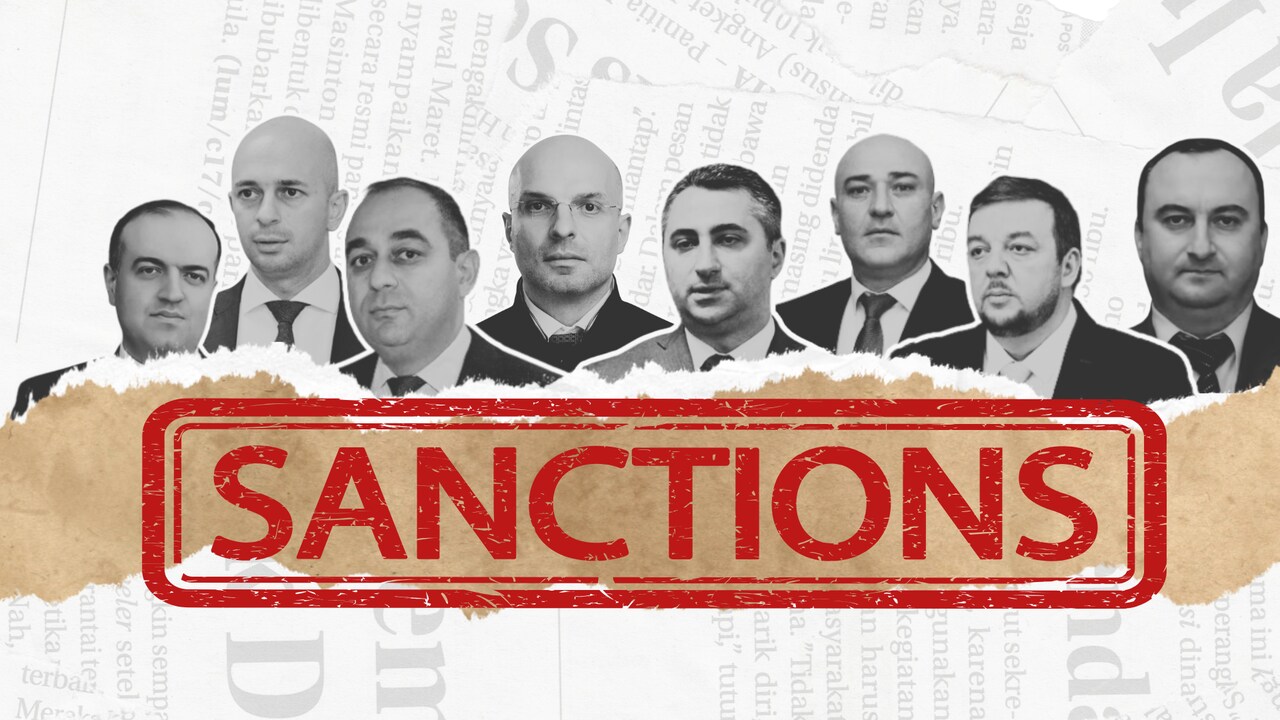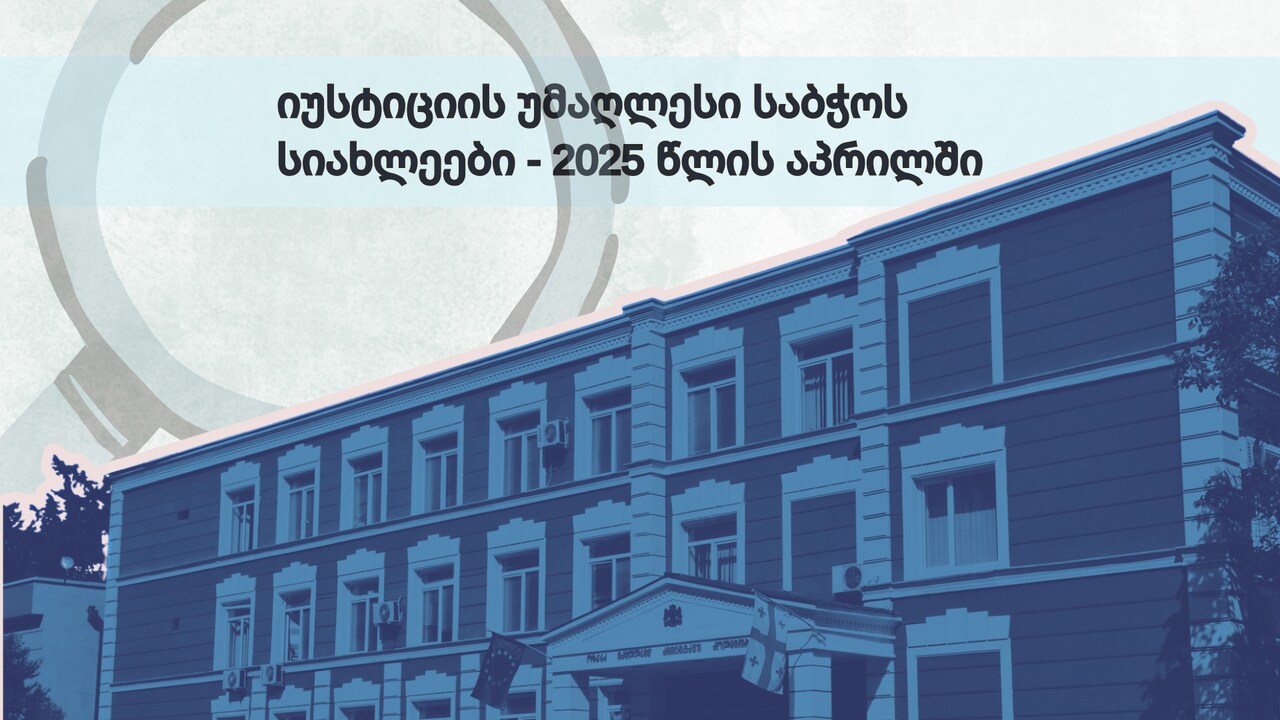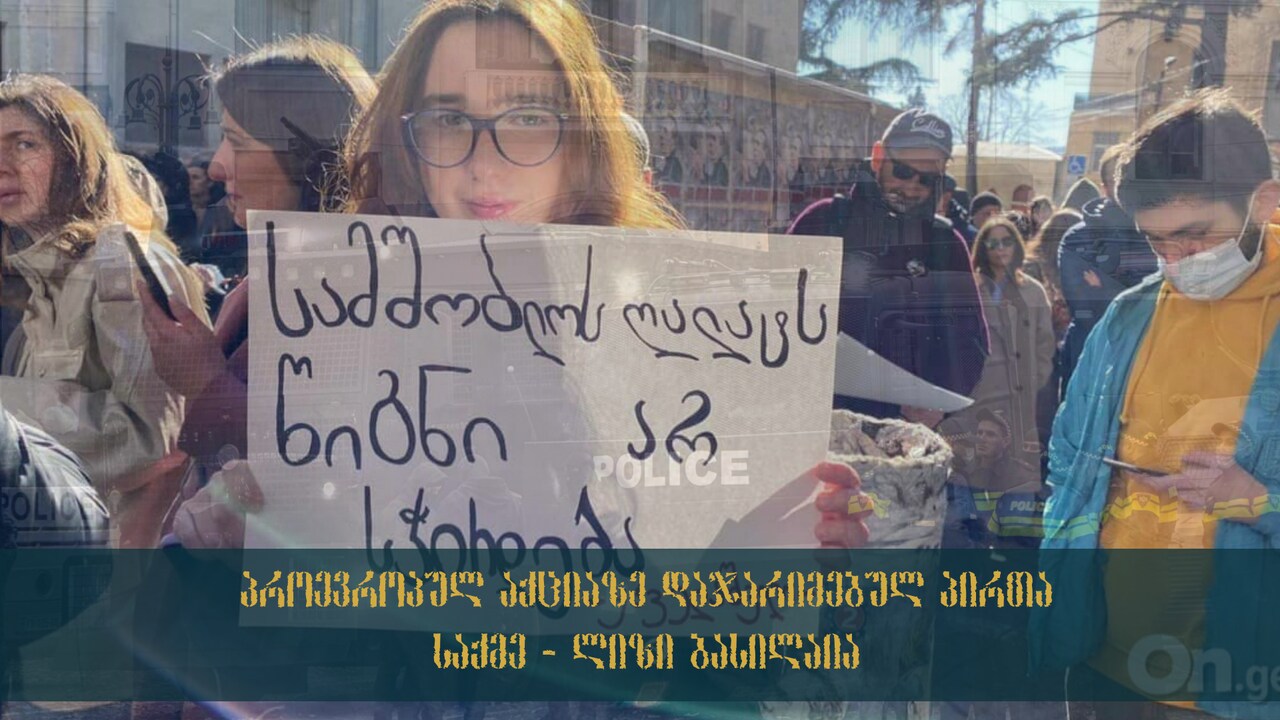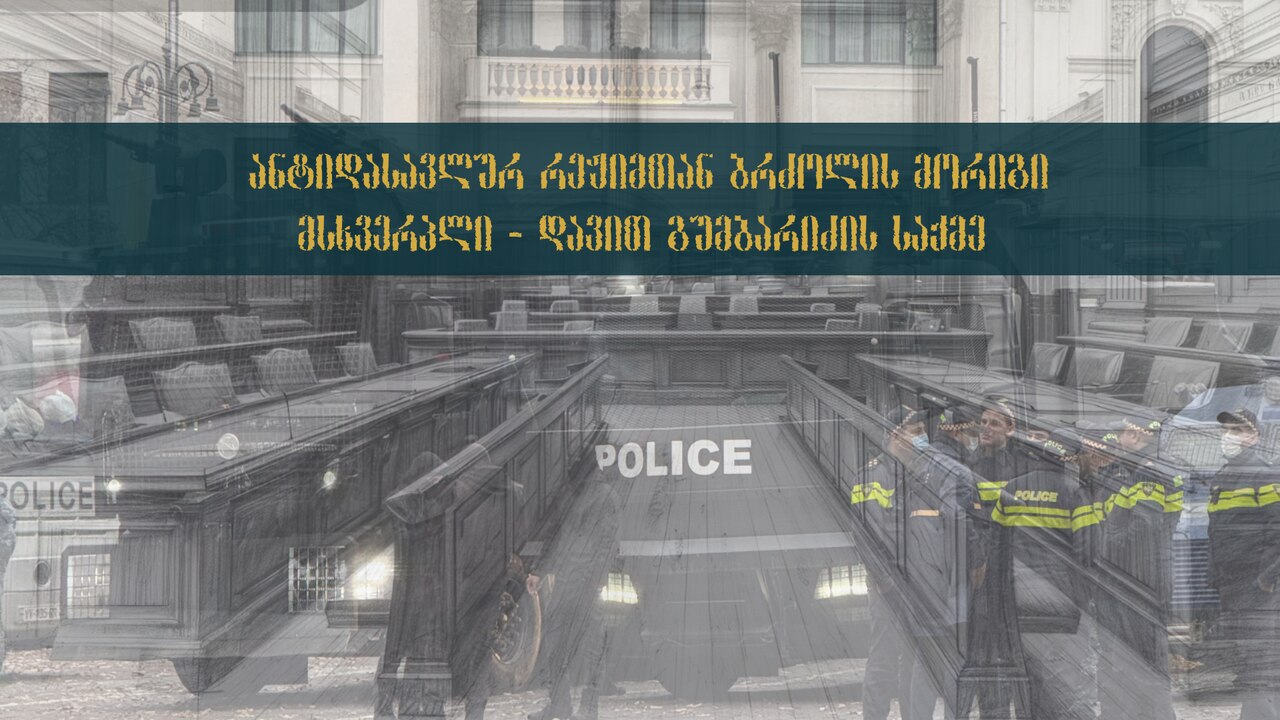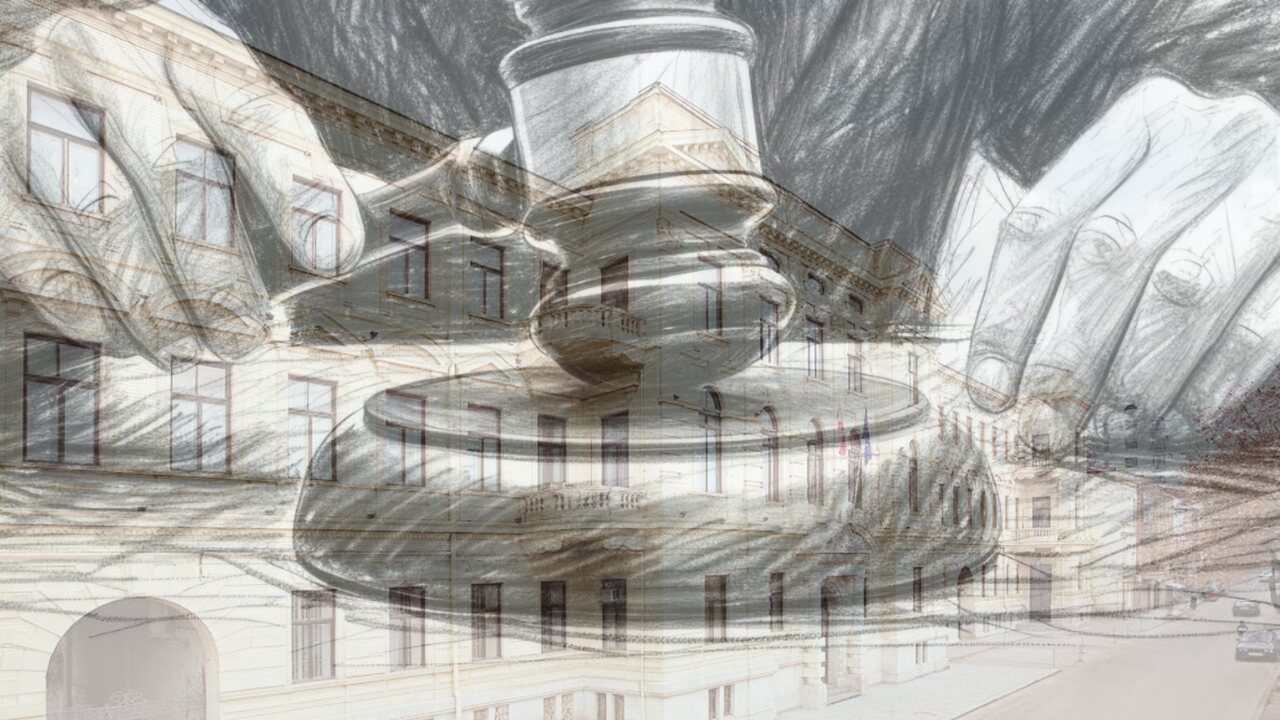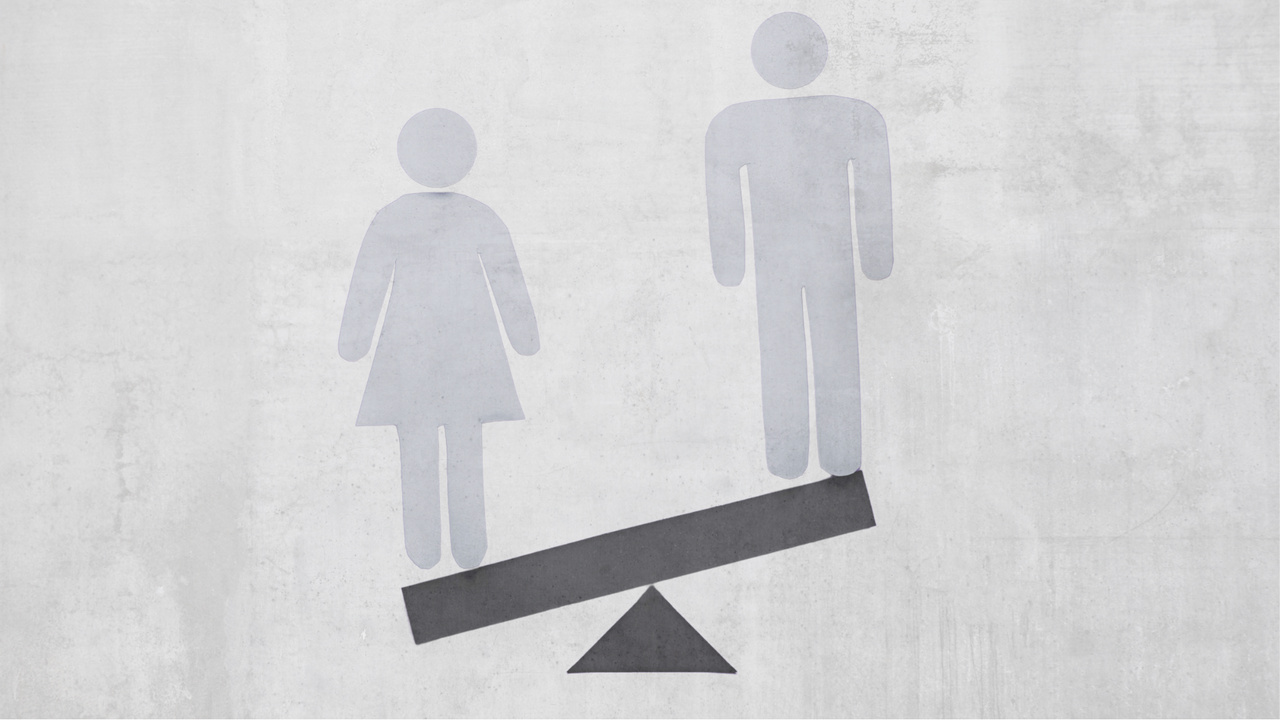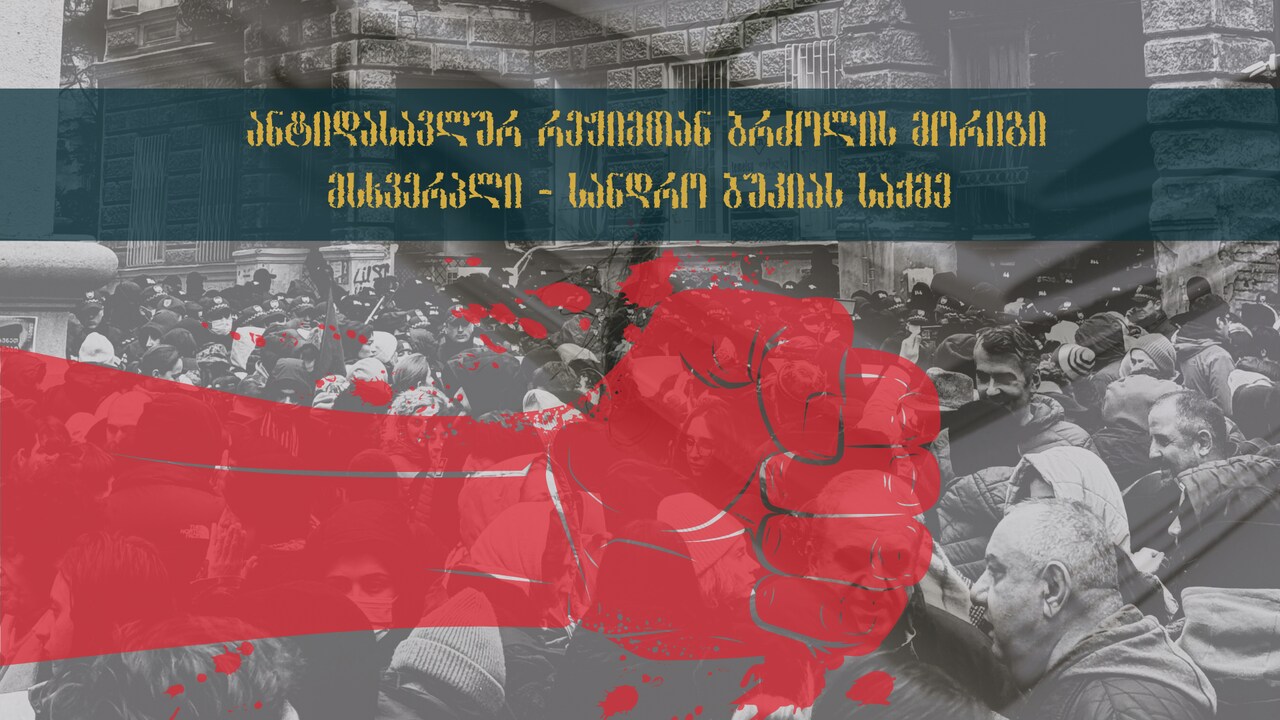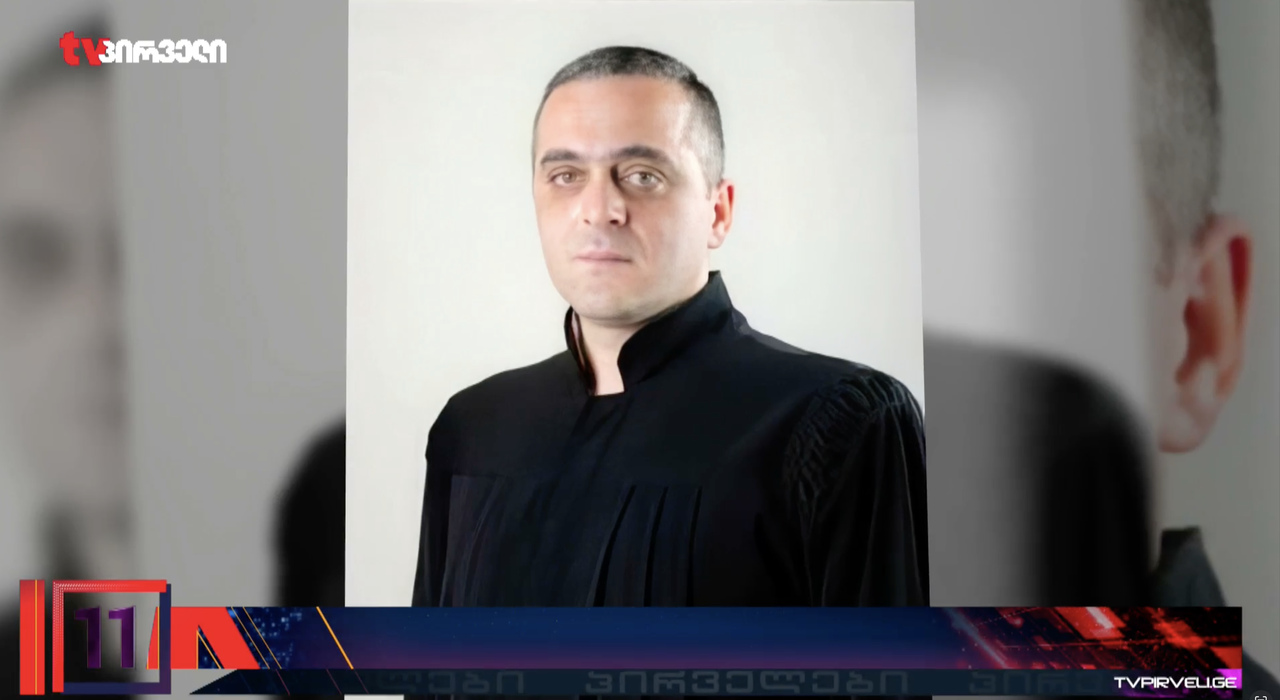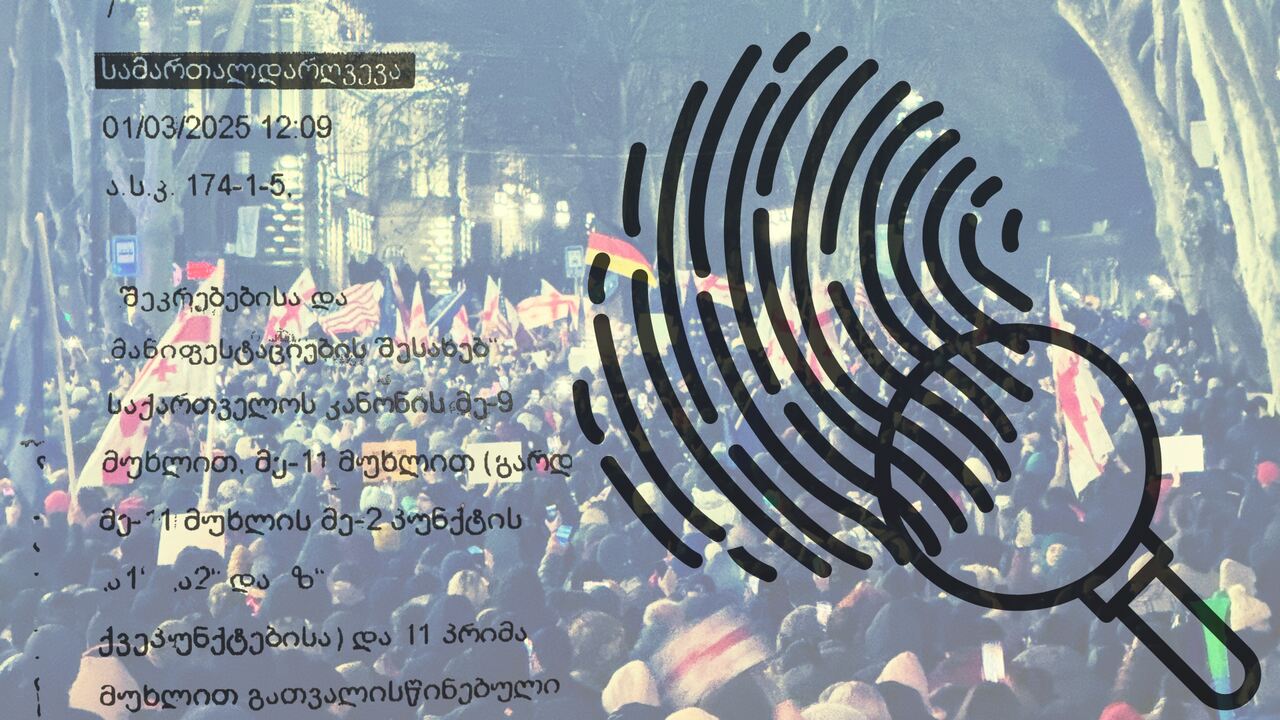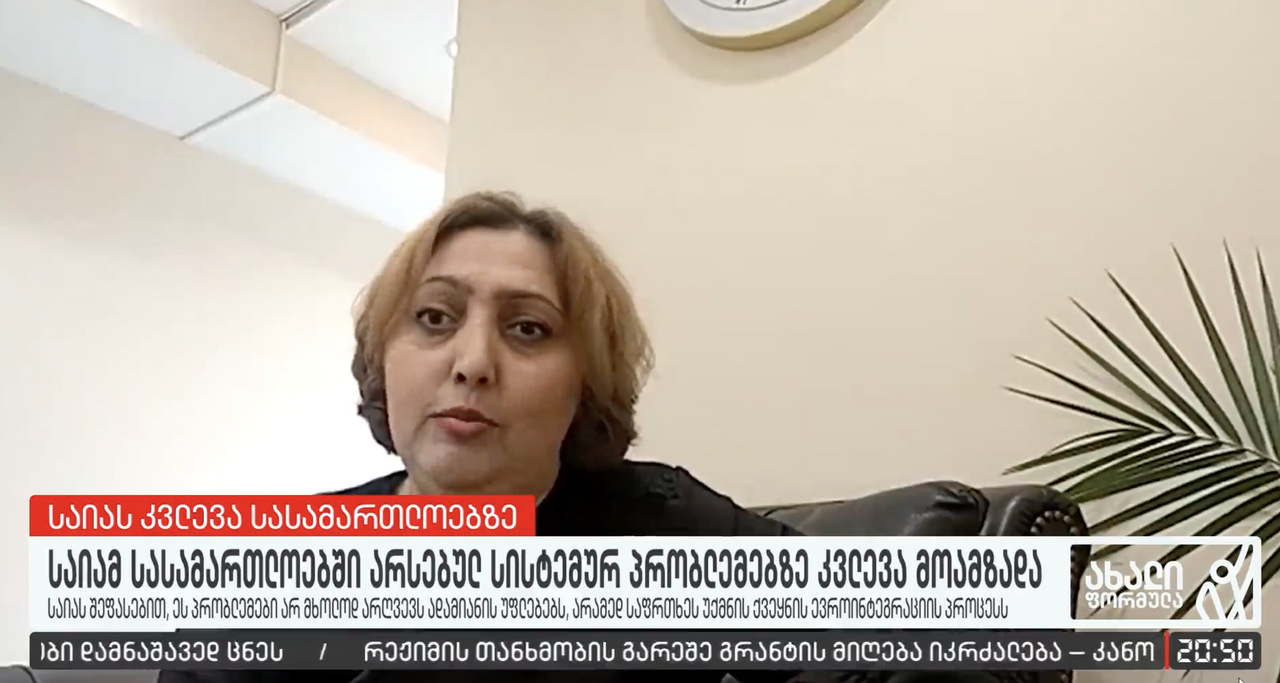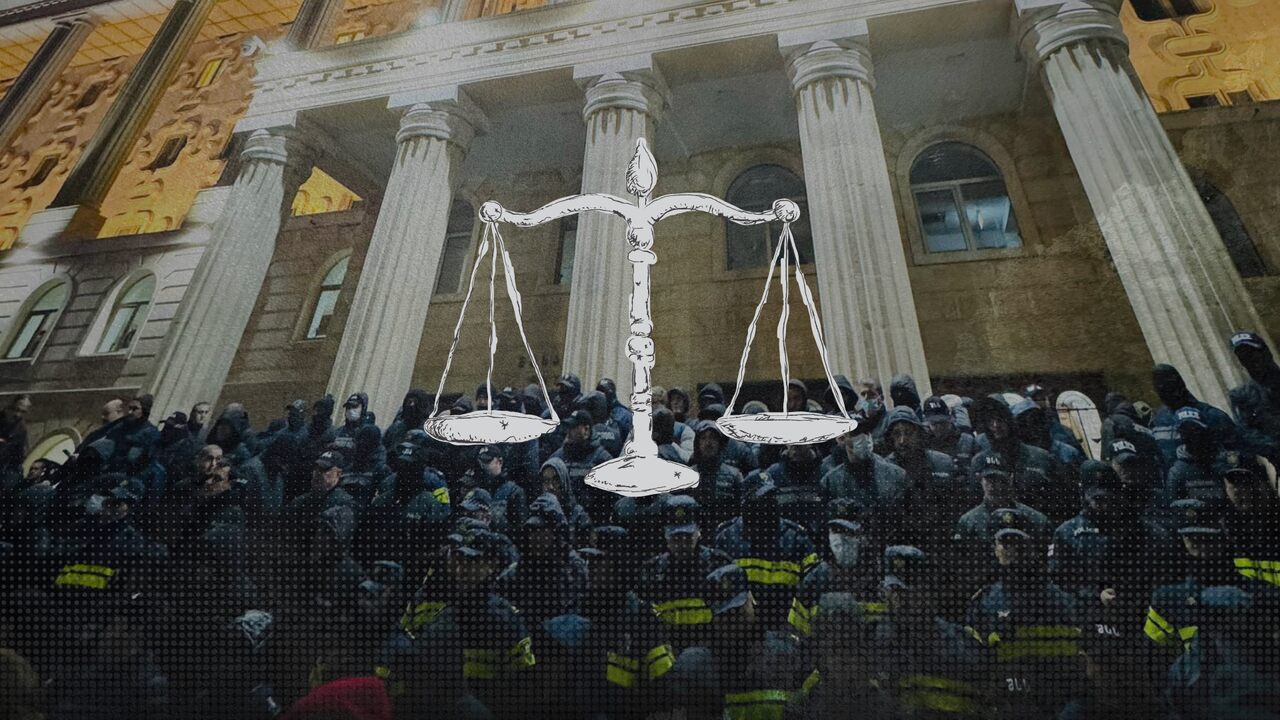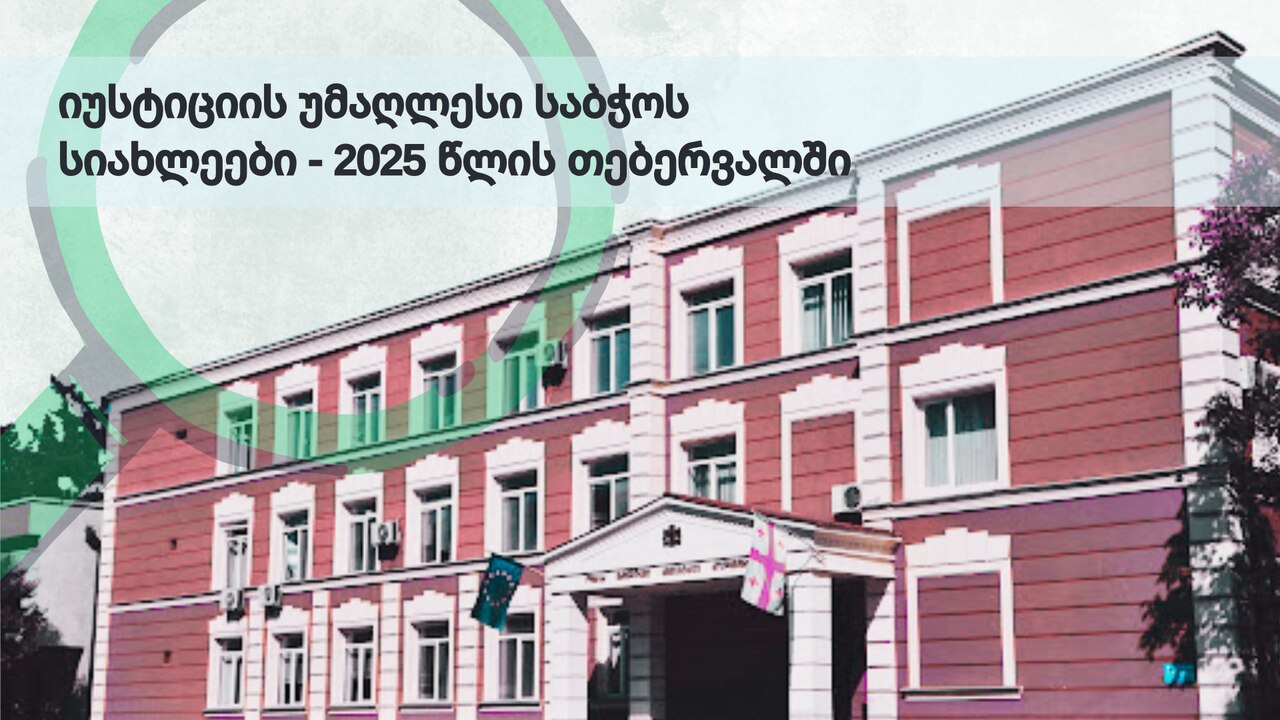Evolution of the power of the High Council of Justice - Part I
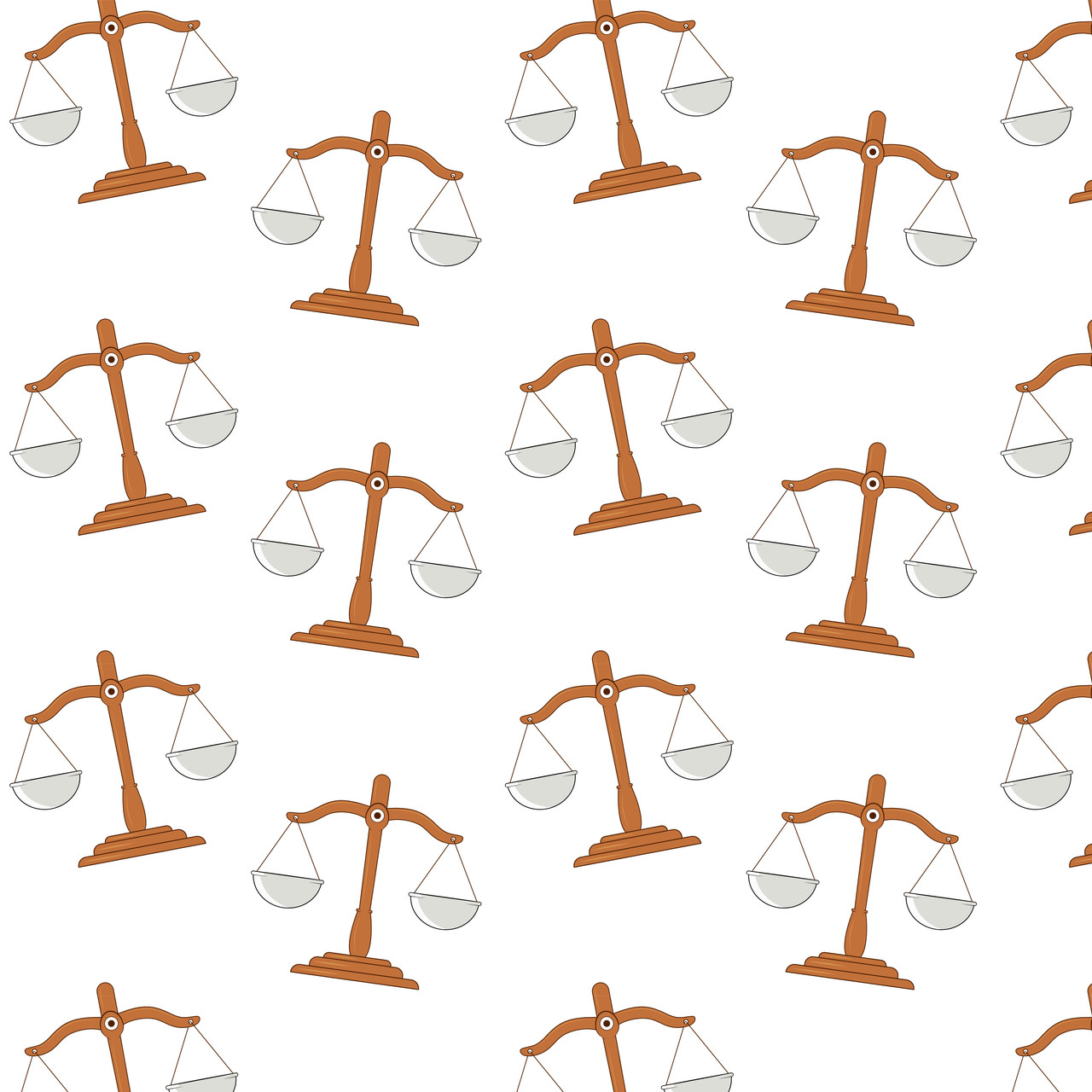
In different countries, three main models of judicial system management dominate:
- Model of the Ministry of Justice;
- Councils of Justice;
- The judicial service model (eg. Ireland).
According to international and European structures, the model of the Council of justice is considered to be the most effective in terms of judicial independence, protection from political influences, and ensuring effective justice.
The councils of justice were first established in Europe after the Second World War - in some countries voluntarily (mainly in western European countries: Italy, France, the Netherlands), and in some countries - Influenced by the European Union and the Council of Europe (mainly Central and Eastern European countries).1 for EU membership candidates (central and Eastern European countries), Judicial Councils were not only recommended but proposed as the "only rule to play by", a way to promote judicial independence, separation of powers and the emancipation of judges that had no alternative.2
In recent years, there has been a clear trend of strengthening and increasing the influence of Judicial Councils in several countries. With this model, there was an expectation that the problems in the judicial system would be quickly and effectively eliminated. However, the process has shown that gathering such a broad range of powers in the hands of a single body, without balancing power mechanisms and proper accountability, may become an obstacle to the healthy functioning of the court.
1997-2007 period
The Council of justice in Georgia was established in 1997 based on the Organic Law of June 13. It was the president's advisory body and its authority was mainly limited to presenting proposals on various issues to the president.3
The composition and staffing rules of the High Council of Justice of Georgia have been changed several times since its creation.
Initially, the council consisted of 12 members, then its number was reduced to 9 members, but the representative balance did not change and over the years the majority of the council was made up of political figures - legislative and executive authorities. At different times, the council was composed of the minister of justice, the chairman of the legal issues committee, members of Parliament, and the prosecutor general. Initially, only the chairman of the Supreme Court and the chairmen of the Supreme Courts of the autonomous republics of Abkhazia and Adjara represented the judiciary in the council.
In 2005, the number of members of the High Council of Justice increased to 18 at the expense of expanding the representation of the court; in particular, it was supplemented with 8 Judge members, who were elected by the conference of judges.4 executive and legislative officials remained in the council.
Council of justice - an advisory body of the president
Until 2007, the president of Georgia appointed and dismissed the judges of the first and second-instance courts. The main function of the Council of justice, as a deliberative body of the president, was to nominate candidates for the position of judges for the president.
In addition, the Council of Justice appealed to the president with a proposal to promote a judge or dismiss a judge as provided for by law; determined the specialization of judges in the district (city) court; carried out disciplinary proceedings against judges and other powers.
After the 2007 reform
In 2007, as a result of the legislative reform of June 19, an important step was taken towards political neutrality of the High Council of Justice. It became an independent body from the president and before that the issues attributed to the authority of the president were transferred to the competence of the council. Among them:
- Appointment and dismissal of judges of the first and second instance courts.
- Determination of the composition of the Qualification Examination Commission.
- Approval of the rules of organizational work of common courts.
- Making decisions on encouraging the judges, etc.
The Council distanced itself from other agencies, namely the minister of justice and the prosecutor general were no longer members of the council. Its composition was reduced to 15 members, and the representative balance was changed in favor of the judiciary - the majority of the council members were the chairman of the Supreme Court and 8 judges elected by the conference of judges.
Although the Council of justice was removed from the executive branch, the legislative branch remained in the council until 2013.
2009 - New Organic Law
In 2009, on December 8, a new organic law "on common courts" was enacted and the Organic Law of 1997 was declared invalid; however, nothing has changed substantially regarding the composition and authority of the council.
As a result of the 2012 parliamentary elections, the new government declared fundamental reform of the judiciary as one of its main priorities. The first stage of judicial reform (the so-called first wave) mainly concerned the High Council of Justice. The most important and progressive of the legislative changes was the institutional separation of the High Council of justice from the legislative authorities - since 2013, members of Parliament are no longer part of the High Council of Justice.
2013 legislative amendments implemented on May 1:
- 2/3 of the total composition of the parliament determined the election of all six non-Judge members of the High Council of justice, not from members of Parliament, but from academic circles, Bar Association members, and/or candidates nominated by non-profit organizations.
- The right to membership in the High Council of justice was restricted for court chairmen and their deputies.
- Approval of 2/3 of the full composition of the council was required to appoint judges and make decisions on disciplinary issues.
- The High Council of Justice became authorized to approve 5 members of the Independent Council of the High School of justice, who were previously appointed by the chairman of the Supreme Court.
In 2013, on November 1, The Organic Law was amended again and the president of Georgia's right to participate in the composition of the High Council of justice was restored. Since that time, 5 non-Judge members of the council are elected by the parliament, and one member is appointed by the president.
After the 2017 constitutional reform, the quota required for the election of non-Judge members of the High Council of justice was increased and the Constitution determined that the parliament elects non-Judge members of the council by a 3/5 majority.
Several years later, the Parliament of Georgia was allowed to elect a person as a member of the High Council of justice twice in a row. Although there are no strict international standards regarding the re-election of a member of the Council of justice, both the Venice Commission and the Consultative Council of European judges favor the single re-election of a member of the Council of Justice and note: "the rule of re-election is better to be changed for a longer unchanged period to the current authority of the council, ensure the position’s independence“.
In parallel with the change in the composition of the High Council of Justice, a continuous process of increasing its power was underway, which will be discussed in detail in the next article evolution of the power of the High Council of Justice - Part II.
Footnotes
- K. Sipulova, S. Spack, D. Cosar, T. Papuskova, V. Derka;” Judicial Self-Governance Index: Towards a better understanding of the role of judges in governing the judiciary; " Regulation and Governance (2022); Page. One
- Nearby.
- Organic Law of Georgia of 1997 of June 13 "on common courts", Article 60., 1st pp.
- Organic Law of Georgia "on common courts" on amendments to the Organic Law of Georgia of 1997 June 13, 25.11.2005, art. 1; #2125.
---
The materials distributed by courtwatch.ge and published on the website are the property of "Georgian Court Watch", when using them, "Georgian Court Watch" should be indicated as the source.













